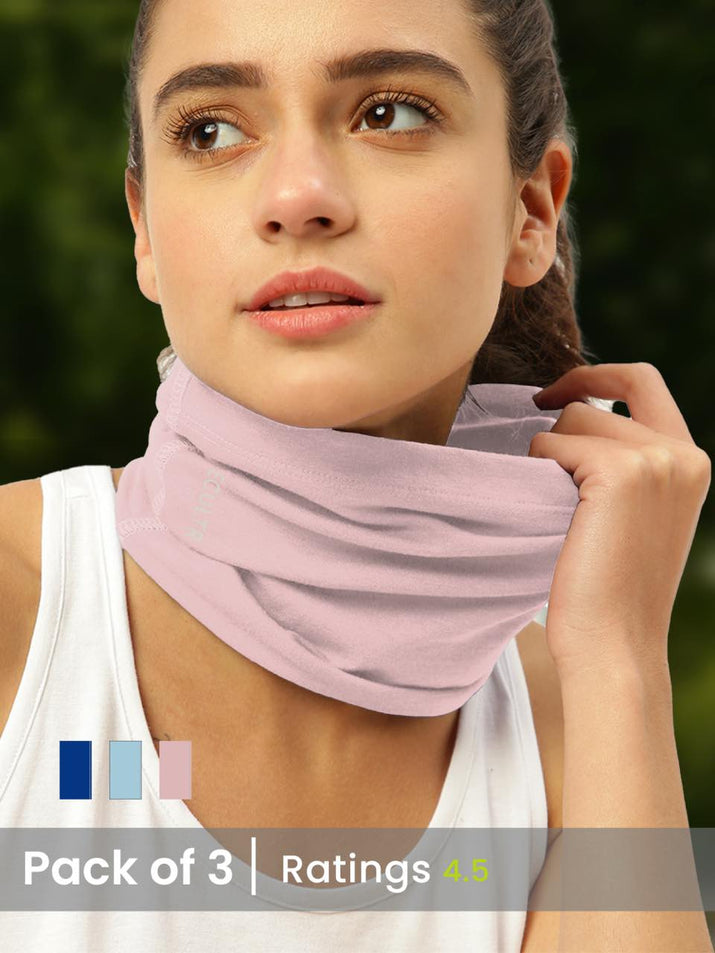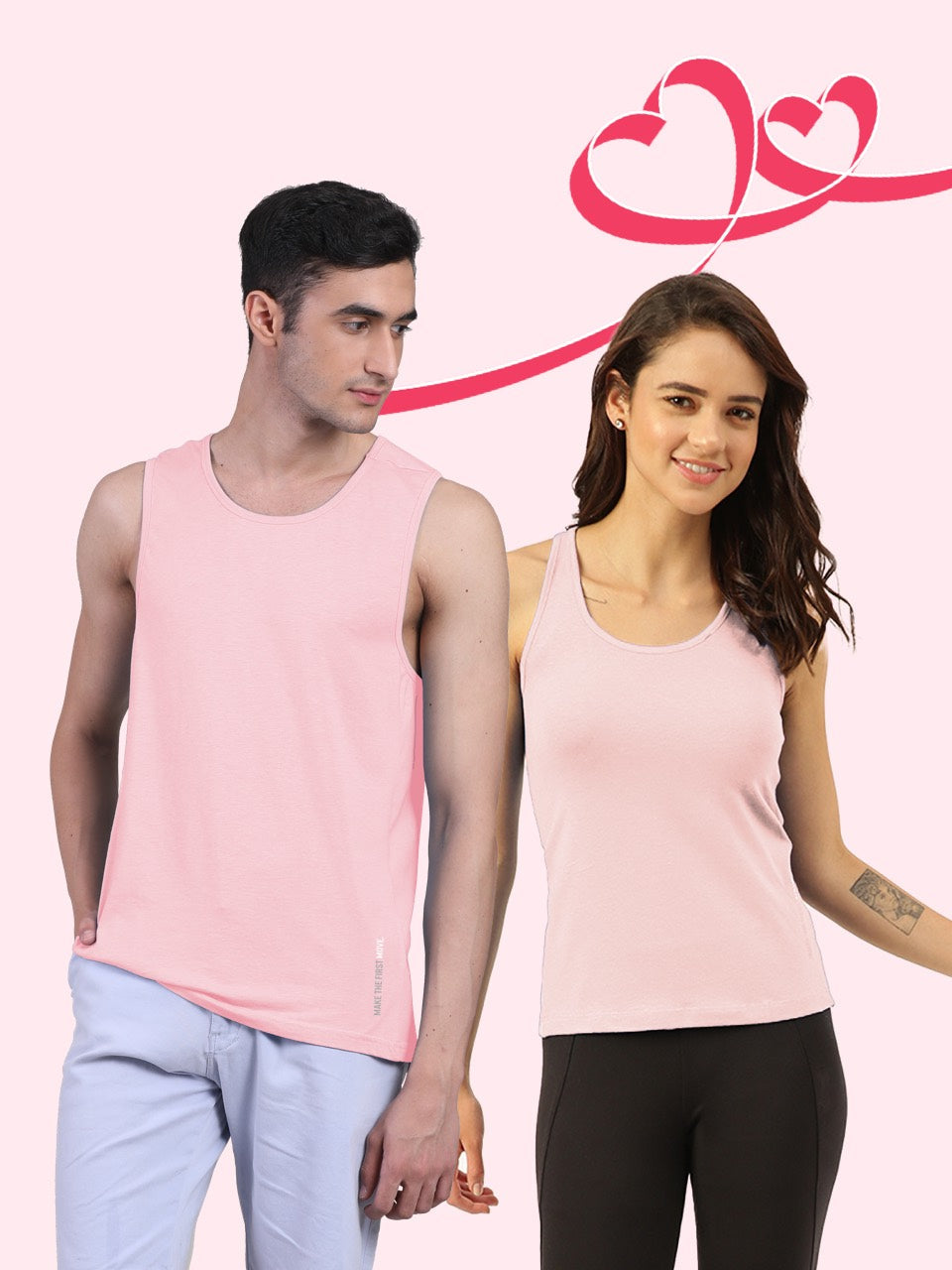The bandana, far exceeding its perception as a mere fabric square, represents a fascinating convergence of historical utility and current stylistic relevance. Bandanas typically feature breathable, absorbent 100% cotton in a durable plain weave. Their precise 22x22 inch dimensions maximize adaptability for diverse applications, from effective sweat management during physical exertion to providing basic particulate filtration. Recent advancements now integrate performance-grade textiles, offering enhanced features like moisture-wicking for active wear or antimicrobial treatments for improved hygiene. This unassuming accessory effortlessly transitions from a crucial piece of functional gear, like a sun-protective neckerchief, to a prominent element in contemporary fashion, embodying unparalleled versatility. Its enduring global presence underscores a remarkably adaptable design, establishing the bandana as an essential, multi-faceted textile icon.

The Enduring Legacy of the Bandana: From Utility to Icon
The bandana, a seemingly simple square of cloth, boasts a rich and fascinating history that transcends mere fashion. Its origins can be traced back centuries, with early forms used for practical purposes long before they became a symbol of style. Derived from the Hindi word "bandhnu," referring to a tie-dyeing method, the bandana first gained widespread recognition in the West during the American Revolution. Martha Washington herself commissioned a bandana featuring General George Washington on horseback, demonstrating its early use as a commemorative item and a political statement. Throughout the 19th and 20th centuries, the bandana found its place in various facets of American life. Cowboys and railroad workers relied on it for protection against dust, sun. Sweat. Miners used it to keep coal dust out of their lungs. During the Great Depression, the bandana became a symbol of hardship, often worn by migratory workers. Later, it was adopted by various counter-cultural movements, from bikers to rock-and-roll musicians, each imbuing the bandana with new meanings and stylistic expressions. Its journey from a humble utility item to a versatile fashion accessory and cultural emblem is a testament to its enduring appeal and adaptability.Understanding the Bandana: More Than Just a Cloth Square
At its core, a bandana is typically a square piece of fabric, most commonly made from cotton, though silk, polyester. Other blends are also popular. Its standard size usually ranges from 20x20 inches to 22x22 inches, making it large enough for a variety of uses but compact enough to carry easily. The defining characteristic of many traditional bandanas is their distinctive paisley pattern, a complex, curvilinear design that originated in Persia and India. While paisley remains iconic, bandanas today come in an almost infinite array of patterns, colors. Prints, including solids, polka dots, stripes, checks. Even custom designs. The simple yet effective design allows for easy folding, rolling, or tying, which contributes significantly to its versatility. The breathability and absorbency of cotton, in particular, make it an ideal material for both comfort and practical application, allowing the bandana to absorb sweat effectively or provide a light barrier against elements.The Bandana as a Fashion Statement: Elevating Your Look
The bandana's ability to transform an outfit from mundane to memorable is unparalleled. Its chameleon-like quality allows it to adapt to countless styles, making it a favorite among fashion enthusiasts and everyday users alike.- Headwear Hero Perhaps the most classic application, wearing a bandana as a headband or hair tie can instantly add a touch of retro chic or bohemian flair. It can tame flyaways, hold back bangs, or simply inject a pop of color. Folded into a triangular shape and tied under the chin, it evokes a vintage Hollywood glam.
// Example: Tying a bandana as a headband // 1. Lay the bandana flat. // 2. Fold one corner to the opposite corner to form a triangle. // 3. Starting from the longest side, fold or roll the triangle into a narrow strip. // 4. Tie around the head, either at the nape of the neck or on top. Everyday Comfort and Practical Utility: The Bandana's Functional Side
Beyond its aesthetic appeal, the bandana is a champion of practicality, offering comfort and utility in a myriad of everyday scenarios. Its lightweight, absorbent. Breathable nature makes it an indispensable tool for adventurers, workers. Anyone facing the elements.- Sun Protection When unfolded and draped over the head, neck, or shoulders, a bandana provides a simple yet effective barrier against harmful UV rays, preventing sunburn during outdoor activities like hiking, gardening, or beach trips.
- Sweat Management For athletes, laborers, or simply on a hot day, a bandana can be tied around the forehead to absorb sweat, keeping it out of the eyes and off the face. Its quick-drying properties make it superior to heavier fabrics in this regard.
- Dust and Wind Protection In dusty environments or during windy conditions, a bandana can be pulled over the nose and mouth to filter out particulates and protect the respiratory system. This was a common use among cowboys and desert travelers for centuries.
- Emergency Tool The versatility of a bandana truly shines in unexpected situations. It can be used as a makeshift bandage or sling in a first-aid emergency, a tourniquet, a signal flag, a small carry-all for foraging, a filter for debris in water (after boiling), or even a pot holder around a campfire.
- Temperature Regulation A damp bandana worn around the neck or head can offer significant cooling relief in hot weather through evaporative cooling. Conversely, in colder conditions, it can provide an extra layer of warmth around the neck or face.
Choosing Your Perfect Bandana: Material, Size. Style
Selecting the right bandana involves considering its intended use, desired comfort level. Aesthetic preferences. The primary factors to weigh are the material, size. Pattern/color.Material Matters
The fabric composition greatly influences a bandana's feel, durability. Functional properties.| Material | Characteristics | Best Use Cases |
|---|---|---|
| Cotton | Soft, breathable, highly absorbent, durable, easy to wash, affordable. Prone to wrinkling. | Everyday wear, sweat absorption, sun protection, general utility, classic look. |
| Silk | Luxurious, smooth, lightweight, gentle on skin/hair, less absorbent than cotton, more delicate. | Fashion accessory (neck, hair), formal/dressy occasions, preventing hair breakage. |
| Polyester/Synthetics | Durable, quick-drying, often moisture-wicking, can be less breathable than natural fibers, vibrant colors. | Athletic activities, hiking, situations requiring quick drying or high durability, budget-friendly options. |
Size and Pattern
While the standard 20-22 inch square is most common, larger or smaller bandanas exist. Larger ones offer more coverage for the head or neck, while smaller ones might be better for wrist wraps or pet accessories. The pattern and color choice are entirely personal. Traditional paisley offers a timeless appeal, while solid colors provide a minimalist look. Graphic prints, tie-dye, or custom designs allow for unique self-expression. Consider your existing wardrobe and the vibe you want to achieve when making your selection. A classic red or blue bandana is a versatile starting point. Don't hesitate to experiment with bolder choices.Caring for Your Bandana: Longevity and Hygiene
Proper care ensures your bandana remains fresh, vibrant. Functional for years. Given their frequent contact with skin, sweat. Environmental elements, regular washing is essential for hygiene.- Washing Most cotton bandanas are machine washable. Use cold or warm water with a mild detergent. For silk bandanas, hand washing with a gentle soap is recommended to preserve the fabric's integrity. Avoid harsh bleaches, especially on colored bandanas.
- Drying Air drying is generally best for all types of bandanas, as it helps prevent shrinkage and preserves the fabric's quality and color. If using a dryer, tumble dry on a low heat setting.
- Ironing Cotton bandanas can be ironed on a medium-high setting to remove wrinkles and restore crispness. Silk bandanas should be ironed on a low setting, preferably while slightly damp, or using a protective cloth.
- Storage Store your bandanas neatly folded or rolled to prevent creasing. Keep them in a clean, dry place away from direct sunlight to prevent fading.
Conclusion
The bandana, far from being just a simple piece of fabric, truly embodies versatile style and everyday comfort, making it an underestimated chameleon in your wardrobe. It’s capable of instantly transforming an outfit or providing essential utility. I recently found myself using mine as a makeshift hair tie during an unexpected outdoor adventure, effortlessly keeping my hair neat while adding a touch of casual flair – a testament to its practical elegance. To truly unlock its full potential, I urge you to experiment with this timeless accessory. Try it as a chic necktie for a subtle nod to current Y2K nostalgia, or perhaps tied around your bag strap, echoing recent street style trends seen from influencers. Don't shy away from folding it into a slim headband for a vintage-inspired look, or even knotting it around your wrist as a unique bracelet. This small item offers immense creative freedom and a personalized touch to any ensemble. Embrace the bandana not merely as a trend. As a distinctive personal statement, allowing its simplicity to inspire your unique expression daily.More Articles
Men's Bandana – Versatile Style & Practical ProtectionTank Top – Lightweight Feel & Everyday Versatility
Tees – Everyday Comfort & Effortless Style
Women's Tank Top – Flattering Fit & Core Wardrobe Essential
FAQs
What exactly is a bandana and why should I care?
A bandana is essentially a square piece of cloth, usually cotton, that's incredibly versatile. You should care because it's a simple accessory that can totally transform your look or serve a practical purpose, all while being super comfy.
How many ways can I actually wear one of these?
Loads! You can tie it around your head as a headband, wear it as a neckerchief, wrap it around your wrist, use it as a makeshift face covering, or even tie it onto a bag for a pop of color. The possibilities are pretty endless.
Are bandanas really comfortable for everyday wear?
Absolutely! Most bandanas are made from soft, breathable cotton, which feels great against the skin. They're lightweight and don't add bulk, making them ideal for all-day comfort, whether you're out and about or just lounging.
What makes bandanas so useful beyond just looking good?
Their simple design means they're not just for style. They can keep sweat out of your eyes, protect your neck from the sun, act as an emergency bandage, or even be a quick way to tie things up. They're surprisingly practical!
Are bandanas only for specific styles, or can anyone rock one?
Anyone can rock a bandana! They're not tied to any single fashion trend. From casual to edgy, retro to modern, a bandana can complement almost any outfit or personal style. It's all about how you wear it and the color/pattern you choose.
How do I keep my bandana clean? Is it a hassle to wash?
Not at all! Bandanas are super easy to care for. Most are machine washable with your regular laundry. Just toss it in. It'll be fresh and ready for your next adventure. They're very low maintenance.
What kind of fabric are bandanas usually made from for comfort?
The vast majority of bandanas are made from 100% cotton. This is because cotton is naturally soft, breathable. Absorbent, making it perfect for comfort against your skin, especially if you're wearing it on your head or neck.





